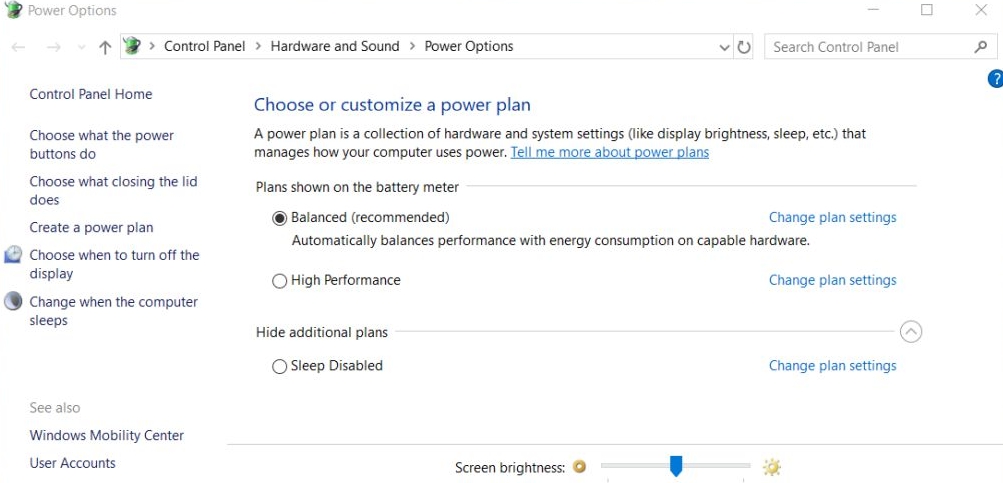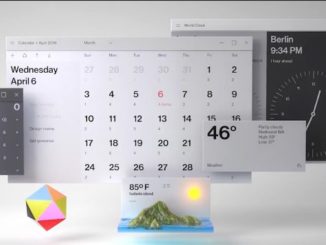Windows 10 brightness settings are pretty simple to understand and use. However, the Brightness Slider on Win 10 isn’t as obvious as one would wish for quickly accessing this particular setting. By default, the slider is hidden inside the Power Options. So in this tutorial, we are going to share how to enable/get Windows 10 Brightness Slider easily. Usually function keys are used manage screen brightness. The HUD on Windows 10 acts as a brightness gauge showing how dim or bright the screen is at that point. This limitation is not new to Windows operating system. It goes all the way back to Windows 7 which didn’t have an easy way to access the option. It was buried inside the Power Options in the Control Panel. A slider makes adjusting brightness levels fast and convenient. But, in Windows 10, out of the box, you can’t access brightness slider in the taskbar. However, Win 10 Brightness Slider app perfectly addresses this little annoying issue.
The Win 10 Brightness Slider is free to download portable application. Simply download the app, and run it on your device. There is no need to install it. Once setup, it will add a brightness icon to the system tray next to power/battery, volume controls and WiFi icons.
Windows 10 Brightness Slider
To use this feature, click the brightness icon and a slider bar will appear. You can then drag the slider knob to increase and decrease brightness. It works like the volume slider in Windows 10. The brightness slider shows numerical values as you move it along the line to give a snap of the exact light level. You can set it anywhere between 1 and 100.
The brightness slider has a few advantages over the default brightness UHD. It allows users to fine control screen brightness. The function keys and the UHD control in taskbar handle the brightness in fixed increments of 5%, 10% and so on. While the slider helps you set brightness at any percent level from 1 to 100.
Although not a drastic shift from the default brightness option, but the slider does offer more than the Control Panel’s brightness slider. It shows numerical values for the current brightness levels.
Drawbacks
Win 10 Brightness Slider does its job well for the most part. However, there are somethings you should note. One limitation relates to the inability of this slider to change brightness when you use the brightness slider in Control Panel, or if you use the Function keys to adjust the screen brightness. The slider will not change brightness level to reflect the changes made using traditional methods. Moreover, it interferes with the default brightness controls. The only issue is the inability of the app to register changes when using the default control to change screen brightness.
But, if you use Win10 Brightness Slider to make changes to the brightness, both the Control Panel slider option and the default brightness UHD in Windows 10 will be show the changes in the brightness levels.
Moreover, developers have given the option to run Win10 Brightness Slider on system startup. However, the app might show a ‘Not Supported’ error on some devices when you try to run it. In this case, the developer suggests that you run the following command in PowerShell.
$monitor = Get-WmiObject -ns root/wmi -class wmiMonitorBrightNessMethods$monitor.WmiSetBrightness(80,10)
If this fails to make it work, check your display drivers to make sure they are updated. Beside these solutions, there is no other course of action.






